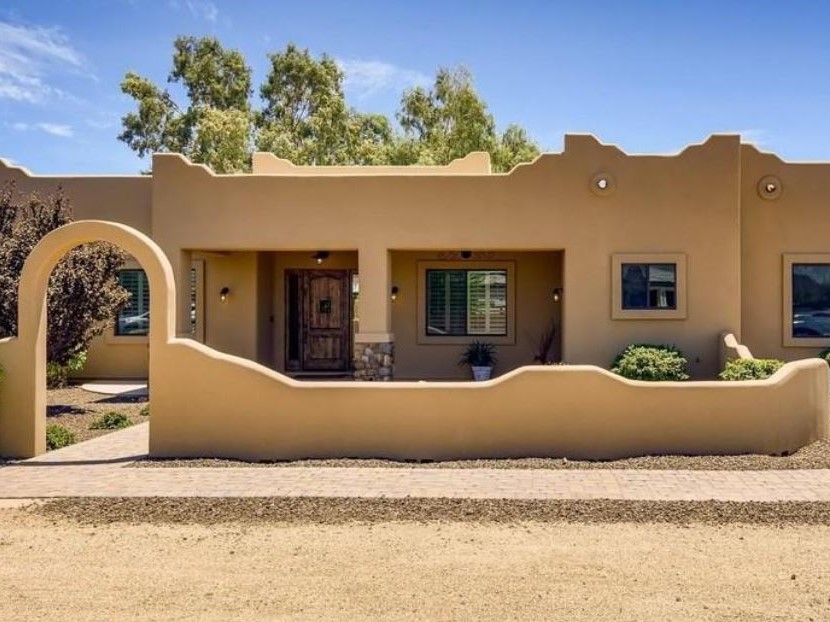Following is an overview of what you need to know if you are facing foreclosure on a home you own in New Mexico. We know this can be extremely stressful!
 Most foreclosures in New Mexico are judicial, which means the courts handle the foreclosure process. Before the process begins, a homeowner gets a notice of the right to cure from the lender (or bank). The lender delivers a notice to the homeowner regarding the default in payment at least 120 days after the delinquency and 30 days before filing a lawsuit. The notice of the right to cure must inform the homeowner of:
Most foreclosures in New Mexico are judicial, which means the courts handle the foreclosure process. Before the process begins, a homeowner gets a notice of the right to cure from the lender (or bank). The lender delivers a notice to the homeowner regarding the default in payment at least 120 days after the delinquency and 30 days before filing a lawsuit. The notice of the right to cure must inform the homeowner of:
- the reason for the default,
- the right to cure the default by paying past-due amounts plus any unpaid interest and late fees,
- the date the homeowner must cure the default by in order to avoid being sued.
If the homeowner fails to cure the default by the deadline, the lender can proceed with filing suit and accelerate the loan. Acceleration of a loan means the lender is demanding full payment of the outstanding loan amount.
If a homeowner is not able to get caught up on past-due amounts during the 30-day period after the lender sends the notice of the right to cure, the lender begins the lawsuit and files the “complaint.” The complaint is served on the homeowner with a summons. The deadline to file an “answer,” or response to the lawsuit is 30 days. If a response is not filed timely to a complaint, the lender can request a default judgement. Lenders win foreclosure cases all the time because homeowners ignore the court paperwork and do not file an answer. It is always advisable to not ignore calls and letters from the lender or the court. A homeowner might need to consider consulting with an attorney.

If the lender wins the case to foreclose, the court appoints a Special Master to sell the house at a public sale called an auction which is usually held outside the courthouse. The auction is scheduled, and a Notice of Sale is sent to the homeowner and it is also published in a local newspaper for four weeks before the date of the sale. Once the sale is final, the court applies the proceeds of the sale to the homeowner’s debt. If the amount is less than the amount the judge says the homeowner owes, there is a deficiency.
For example, if a homeowner owed $150,000 on the house and it is purchased at auction for $120,000, the difference or deficiency is $30,000. The lender can ask for a deficiency judgement. If the lender wins the deficiency judgement, the judge might order collection of the deficiency by:
- garnishing wages (taking some of the homeowner’s wages each month),
- seizing personal property or
- bank levy (taking money from the homeowner’s bank account).
After the home is sold, there is still a period in which to buy back the property which is called a redemption period. New Mexico law allows nine months, but most mortgages have a clause that reduce the time to 30 days. To redeem the property, the homeowner must pay the amount the buyer paid for the home at the foreclosure auction, plus interest, taxes, other expenses and potentially any deficiency amount between the amount the home sold for at auction and the amount the judge said the homeowner owes.



Bernallio County you have to attended a class to work with the banks and leases to keep your house.